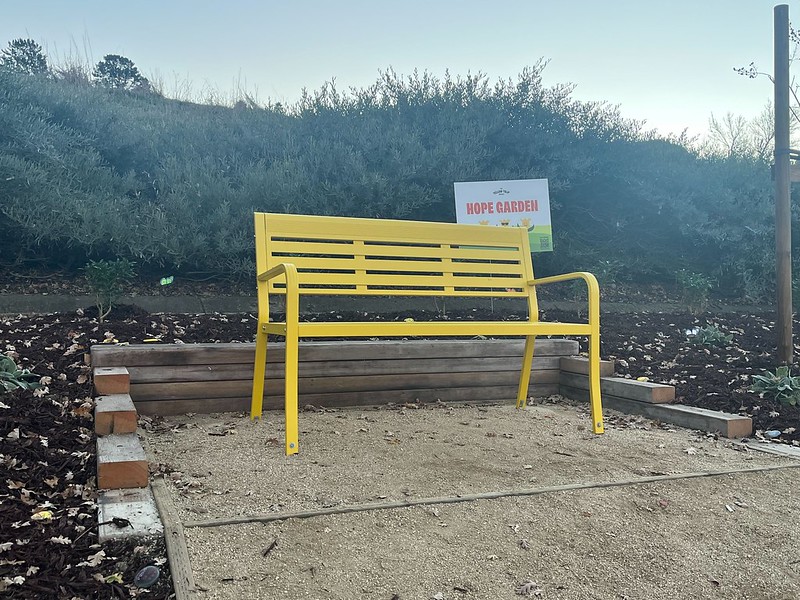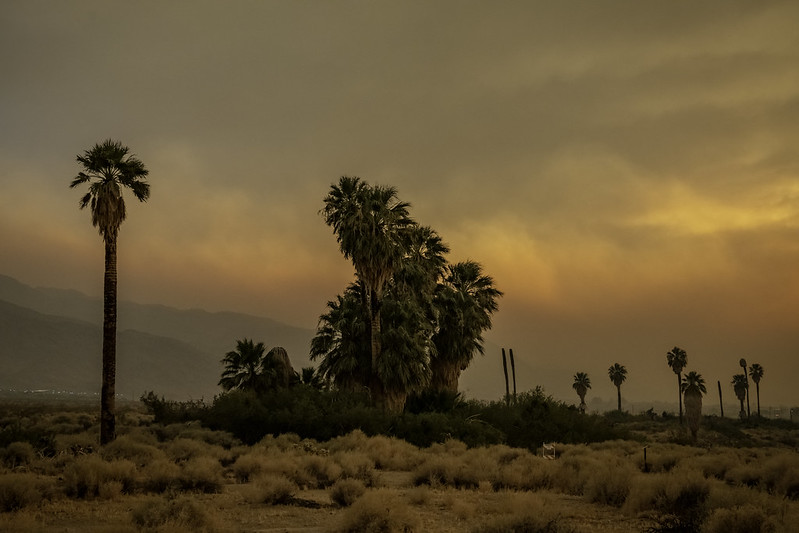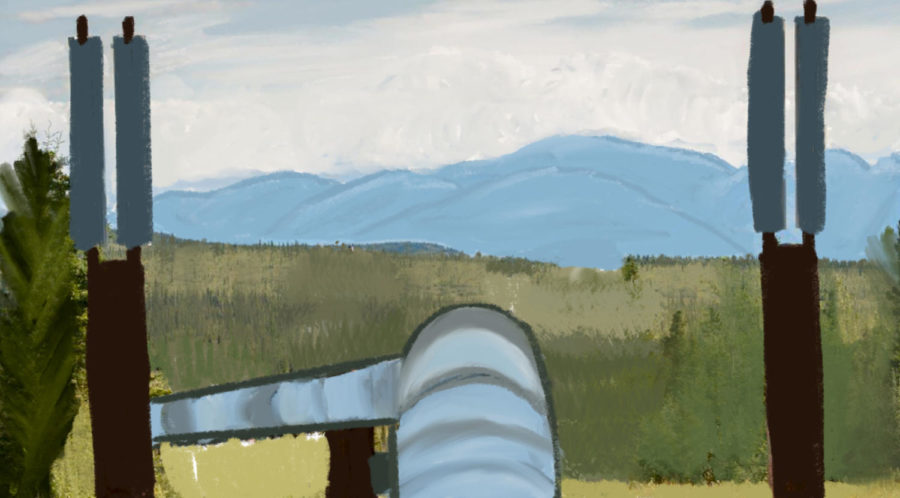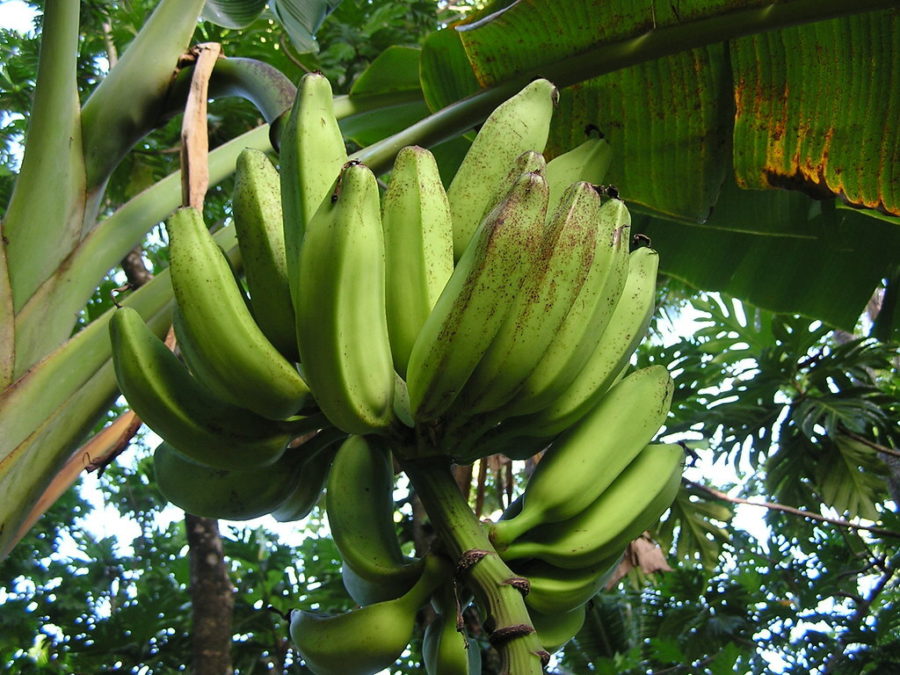The Tri-Valley area’s Mediterranean climate and chaparral terrain support a variety of plants and wildlife, including several species currently under threat. In the past decades, a variety of organizations have joined in protecting them, from the famed California condor to much more unknown clusters of plants. Here’s an introduction to some less-celebrated endangered or threatened species around San Ramon, and how Dougherty students can contribute to conservation goals.
Alameda whipsnake (Masticophis lateralis euryxanthus)
This snake species is designated as threatened by the federal government. They’re black in coloration, with golden stripes, and hatch in clutches of six to 11 eggs, according to the East Contra Costa Habitat Conservancy. Their habitat has been fragmented due to human activity, including Pleasanton Ridge and Mount Diablo populations.
Although the snakes will hunt many species of amphibians, young birds, mammals and reptiles, western fence lizards (particularly the northwestern subspecies, Sceloporus occidentalis occidentalis) seem to be their preferred prey. The lizards are considered of least concern and have a massive population across North America, but localized declines can severely impact the rarer whipsnakes, who are also affected by human construction.
“Construction disrupts snakes. They’re very sensitive to vibrations on the ground, and with big machinery, the bulldozers and tractors that are rolling around, it disrupts them,” DV AP Environmental Science teacher Annie Nguyen said about threats to reptile species.
Nguyen noted that while construction can disrupt snakes, hunting by pets can disrupt their food supply.
“We also have what are called metapredators, so cats,” she said. “If your cat is an outdoor cat, cats have been well-documented to hunt birds, fence-lizards, not just for food but also for sport. Outdoor cats have been known to disrupt ecosystems in that they reduce the prey population that is available to native predators.”
Although the construction projects are difficult for DV students to influence in either direction, the feline problem is more directly addressable, according to Nguyen. In order to protect reptiles, birds and other wildlife, the American Bird Conservancy recommends pet owners keep their cats indoors.
San Joaquin kit fox (Vulpes macrotis mutica)
Kit foxes as a whole, the smallest fox species in the world, are classified as least concern by the International Union for Conservation of Nature (IUCN). On the other hand, the San Joaquin subspecies is endangered. As indicated by their name, they reside primarily in the San Joaquin valley, but have been sighted in Contra Costa Country up to Antioch, per the Environmental Protection Agency.
These nocturnal foxes have tan fur and a wild life expectancy of seven to eight years. They don’t compete with coyotes for prey, but often are preyed upon or die in fights with their more common canine peers. Human rodenticides, which biomagnify from the foxes’ diet, are also contributing to the fox death rates, according to a study in PLOS One. Mange, a skin disease that also affects dogs and coyotes, afflicts them as well. Finally, development of wildland regions is pushing the foxes, and other species, out of the hills. Recent construction in San Ramon has been largely concentrated in previously built-up areas, noted Nguyen. Nonetheless, nocturnal species are still affected.
“There’s been a lot more ‘displacement’ activity from wildlife, like more sightings of coyotes, sometimes even sightings of bobcats,” Nguyen said. “The sounds are disrupting them, and especially if it’s late-night work, during times when these animals typically tend to be more brave about wandering about. We’re seeing more of that activity during the daytime.”
Bay checkerspot (Euphydryas editha bayensis)
Technically, this threatened butterfly shouldn’t even make the list as a Tri-Valley species anymore. Historically, it lived across the Bay Area, including the San Ramon Valley and Mount Diablo, according to the U.S. Fish and Wildlife Service. However, habitat loss reduced its range to Santa Clara County, although it has been reintroduced in years since to San Mateo County.
One major factor in the species’ decline is deposits of nitrogen from vehicle exhaust, which permit invasive species to outcompete the butterflies’ host plants. The Fish and Wildlife Service’s 2022 five-year review for the species recommended changing its status to endangered.
According to DV Conservation Exploration Club President Jilian Dang, species like the checkerspot connect to human empathy to care for them.
“I think animals are the very first way that people connect with nature, through the storybooks, right, we see animals everywhere,” she said. “And I think that connection helps us learn that if those little animals are endangered, people in the future won’t have the opportunity to get to learn about them.”
Large-flowered fiddleneck (Amsinckia grandiflora)
Animals aren’t the only East Bay species in danger. Large-flowered fiddlenecks, perennial plants with orange blossoms that bloom in the spring, are federally designated as endangered. Per the California Department of Fish and Wildlife (CDFW), only two to four populations remain, including one located on the grounds of Lawrence Livermore National Laboratory in Livermore.
Such as is the case for many native plant species in Northern California, one major hazard for the large-flowered fiddleneck stems from early Spanish colonization. The colonists introduced invasive annual grasses both by accident and as livestock feed, which were resistant to overgrazing but not to drought. Hence, native plants can’t gain a foothold on the hills around the East Bay, while the invaders die off in the summer, giving the hills around Dougherty their characteristic golden color.
The low reproductive rate of the plants will make rebound tricky. However, the CDFW recommends creation of a seed bank and further habitat conservation, in order to ensure the flowers persist into the future. In terms of the future prospects of the species, Hanson is hopeful.
“The same question was said about the condors, and while they’re not out of the woods, the condors were in a critical place,” Hanson said. “They’ve bred them and released them and that population is not in the critical place it was before. I’m sure there’s more to do. I think that’s the same thing with the flora. It takes people with a real interest scientifically, and through their observations, to actually learn how to conserve some of these populations that are threatened.”
A wide variety of species exist in and around San Ramon, but rapid development is placing many endemic and threatened or endangered species at risk. Nonetheless, regulatory conservation policies have the potential to help, preserving the natural environment of the East Bay alongside human expansion. The recent approval of the expansion of Dublin Boulevard into protected areas of Doolan Canyon, 10 miles from Dougherty, is one example of the continuation of development, but environmentalists campaigned hard to block the measure.
Hanson emphasized the ability of high school students, despite their age, to affect local votes, which have a large role in preserving the habitat of all regional species.
“The public and environmental organizations often don’t have the campaign budgets that project proponents do,” he said. “If high school folks think the outcome in a local election is important, then your help with precinct walking, social-media posts and other election work can make a critical difference.”
Not only can high schoolers campaign for environmental issues they care about, he noted, they can encourage adults they know to vote as well.
“I think elections do have consequences, and we certainly are learning that now,” Hanson continued. “The things you do raise awareness of the kind of life that lives and that is part of our quality of life: things you do through your own learning and exploration, and anyone you know that’s of voting age, starting at 18 and going up to Grandma. Politicians pay attention to young people. They have a special place.”








